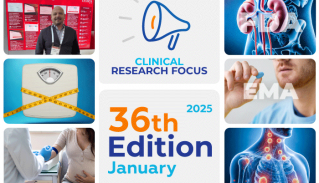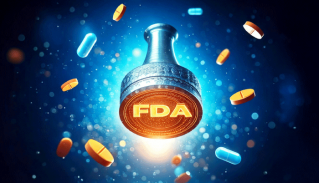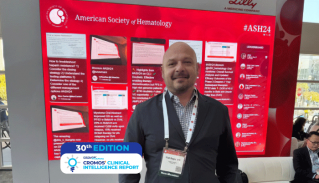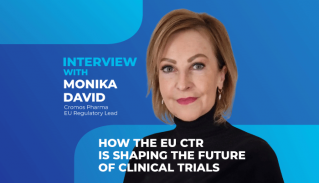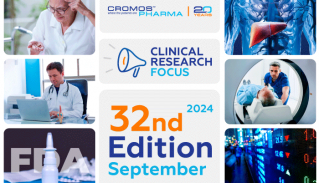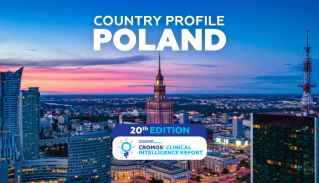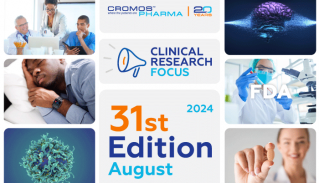
The Optimus Revolution: Four Years of Progress in Oncology Drug Development
In 2021, the FDA’s Oncology Center of Excellence launched the Project Optimus initiative, a groundbreaking effort designed to transform the approach to dose optimization in oncology drug development. The focus shifted from merely identifying the maximum tolerated dose (MTD) to exploring the optimal biological dose (OBD), promising more effective and less toxic treatments.
Over the following years, the FDA worked closely with pharmaceutical companies, research institutions, and other stakeholders, gathering data and refining new guidelines for dose optimization. Public consultations and expert feedback played a crucial role in shaping these recommendations.
In January 2023, the FDA released a draft guidance on oncology dose optimization, which introduced new principles based on detailed analyses of clinical data, including pharmacokinetics, pharmacodynamics, and comparative study designs to identify the most effective doses.
Eventually, in August 2024, the guidance was finalized, marking the completion of a transformative process that will guide future oncology drug development and improve patient outcomes. As these changes unfold, biopharma leaders must adapt, innovate, and collaborate to navigate this evolving landscape and meet the demands of the new guidelines.
The Final Guidance and Industry Adaptation
The final guidance issued by the FDA for Project Optimus outlines essential directives for biopharma companies in optimizing dosage for oncology drugs. The guidance highlights several key areas of focus:
1. Early and Comprehensive Dose Exploration
Sponsors must prioritize identifying the optimal biological dose (OBD) rather than solely relying on the maximum tolerated dose (MTD). This requires evaluating a range of doses to assess not just safety and tolerability, but also efficacy, early in clinical trials.
2. Real-World Data and Patient-Reported Outcomes
Incorporating patient-reported outcomes (PROs) and real-world data (RWD) has become mandatory to inform dose selection. These factors provide deeper insights into how patients respond to treatment, enhancing the relevance of dose optimization.
3. Trial Designs
The guidance encourages comparing multiple doses within a single trial, utilizing randomized, parallel dose-response trials to ensure robust data on safety and biologic activity. Additional cohorts, such as backfill cohorts, may be added to further assess sub-maximal doses.
4. Safety and Tolerability
Evaluating safety is a core aspect of optimizing dosage, with particular attention to adverse reactions and their impact on patient quality of life. A comprehensive analysis of adverse events, including time to dosage modification and persistence of toxicities, is crucial in selecting the optimal dose.
5. Drug Formulation
The guidance stresses the importance of considering the appropriate formulation and dosing schedule, including dosage strengths and administration forms, particularly for oral and parenteral drugs.
6. Subsequent Indications and Usages
The optimal dosage may differ across various disease settings or indications. Sponsors are advised to use quantitative methods to support dosage selection when expanding to new indications or combinations.
These requirements are no longer suggestions—they’re mandatory steps to bring a drug to market in the US, transforming how clinical trials are designed globally
Why Project Optimus Matters Now More Than Ever
The premise of Project Optimus remains clear: better dosing improves efficacy, reduces toxicity, and enhances patient outcomes. But since its inception, we’ve seen significant changes in how early-phase trials are designed and executed. These changes aren’t just regulatory mandates—they are driving a cultural shift across the biopharma industry.
Key Developments: What’s Changed Since 2021
1. Larger, More Robust Phase 1 Trials
- Traditionally, phase 1 oncology trials focused on identifying the maximum tolerated dose (MTD) with relatively small cohorts. However, Project Optimus has broadened this scope, requiring sponsors to explore a range of doses more thoroughly.
- As a result, phase 1 trials have grown significantly larger, incorporating backfill cohorts and expansion cohorts to ensure robust data on safety, efficacy, and tolerability across multiple doses.
- Impact: These larger trials come with increased costs and complexity, but they provide critical insights that were often overlooked in previous paradigms.
2. The Role of Backfill Cohorts
- Backfill cohorts allow researchers to revisit lower dose levels after the initial dose-escalation phase. This approach has become increasingly common under Optimus, as it ensures that sub-maximal doses are adequately evaluated for efficacy and tolerability.
- Why it matters: Backfill cohorts help address a key challenge in oncology—ensuring patients are not exposed to unnecessarily high or toxic doses while maintaining therapeutic efficacy.
3. Expansion Cohorts for Patient Diversity
- Expansion cohorts in phase 1 trials now include diverse patient populations, providing real-world insights into how different subgroups respond to varying doses.
- Example: Inclusion of elderly patients, those with comorbidities, or individuals with distinct tumor genotypes enables sponsors to identify the most appropriate dose for real-world use.
Challenges and Opportunities
1. The Cost of Compliance
- Larger phase 1 trials and additional cohorts mean higher upfront costs. For smaller biopharma companies, these costs can be daunting. However, contract research organizations (CROs), like Cromos Pharma, are stepping in to provide tailored solutions, helping sponsors navigate these challenges without compromising quality or timelines.
2. The Promise of Predictive Analytics
- AI and machine learning are now critical tools for dose optimization. These technologies are helping sponsors predict dose-response relationships, simulate clinical scenarios, and streamline decision-making.
3. A Broader Application Beyond Oncology
- Although Optimus is oncology-focused, its principles are inspiring change in other therapeutic areas. Dose optimization strategies are now being applied in rare diseases, immunology, and even gene therapy development, underscoring the initiative’s wide-ranging impact.
The Path Forward: A Call to Action for Biopharma Leaders
Project Optimus is no longer just a regulatory initiative—it’s a strategic imperative. For biopharma leaders, this is the time to:
- Invest in early-phase trial innovation: Embrace backfill and expansion cohorts to build a comprehensive understanding of your therapy’s dose-response relationship.
- Leverage technology: AI, machine learning, and real-world data are critical assets for navigating Optimus requirements effectively.
- Collaborate boldly: Whether through partnerships with CROs or multi-sponsor consortia, collaboration is key to sharing best practices and minimizing redundancies.
At Cromos Pharma, we’ve partnered with sponsors to adapt their clinical programs to meet Optimus requirements. From designing robust phase 1 trials to supporting FDA submissions, our experience has demonstrated that early investment in dose optimization pays dividends—not just in regulatory success, but in patient outcomes.
Conclusion: Embracing the Optimus Vision
Since 2021, Project Optimus has catalyzed a cultural shift in oncology drug development. As we move forward under the finalized guidance, the responsibility lies with biopharma leaders to harness this momentum, embrace innovation, and prioritize patient safety and efficacy.
The path is challenging, but the rewards—for patients, providers, and the biopharma ecosystem—are transformative.



